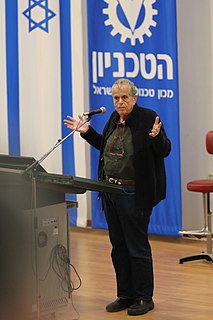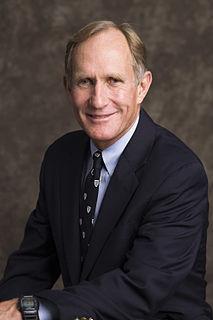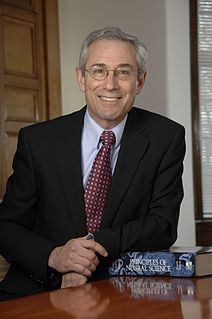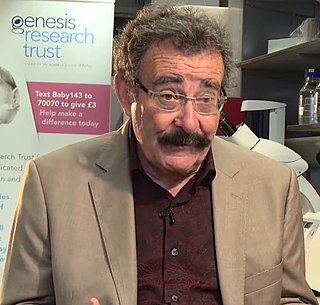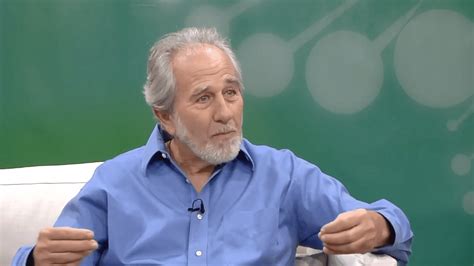A Quote by Robert Lanza
So someday in the near future hopefully rather than having a foot or a leg amputated we'll just give you an injection of the cells and restore the blood flow. We've also created entire tubes of red blood cells from scratch in the laboratory. So there are a lot of exciting things in the pipeline.
Related Quotes
One can envisage taking cells from a patient with sickle-cell anaemia or an inherited blood disorder and using the Cas9 system to fix the underlying genetic cause of the disease by putting those cells back into the patient and allowing them to make copies of themselves to support the patient's blood.
The heart sends blood to every cell of the body, and in this way the cells are nourished. The same blood then flows back to the heart. If the flow is obstructed, the person will die. We need to learn this process of give and take from the heart. For the benefit of others, and also for ourselves, we should have the attitude of caring and sharing. We are all links in the chain of life. If one link is weakened, it will affect the strength of the whole chain.
Most of our brain cells are glial cells, once thought to be mere support cells, but now understood as having a critical role in brain function. Glial cells in the human brain are markedly different from glial cells in other brains, suggesting that they may be important in the evolution of brain function.
Both in Britain and America, huge publicity has been given to stem cells, particularly embryonic stem cells, and the potential they offer. Of course, the study of stem cells is one of the most exciting areas in biology, but I think it is unlikely that embryonic stem cells are likely to be useful in healthcare for a long time.
Like Honeycrisp, SweeTango has much larger cells than other apples, and when you bite into it, the cells shatter rather than cleaving along the cell walls, as is the case with most popular apples. The bursting of the cells fills your mouth with juice. Chunks of SweeTango snap off in your mouth with a loud cracking sound.
Each of our cells is a living entity, and the main thing that influences them is our blood. If I open my eyes in the morning and my beautiful partner is in front of me, my perception causes a release of oxytocin, dopamine, growth hormones - all of which encourage the growth and health of my cells. But if I see a saber tooth tiger, I'm going to release stress hormones which change the cells to a protection mode. People need to realize that their thoughts are more primary than their genes, because the environment, which is influenced by our thoughts, controls the genes.

